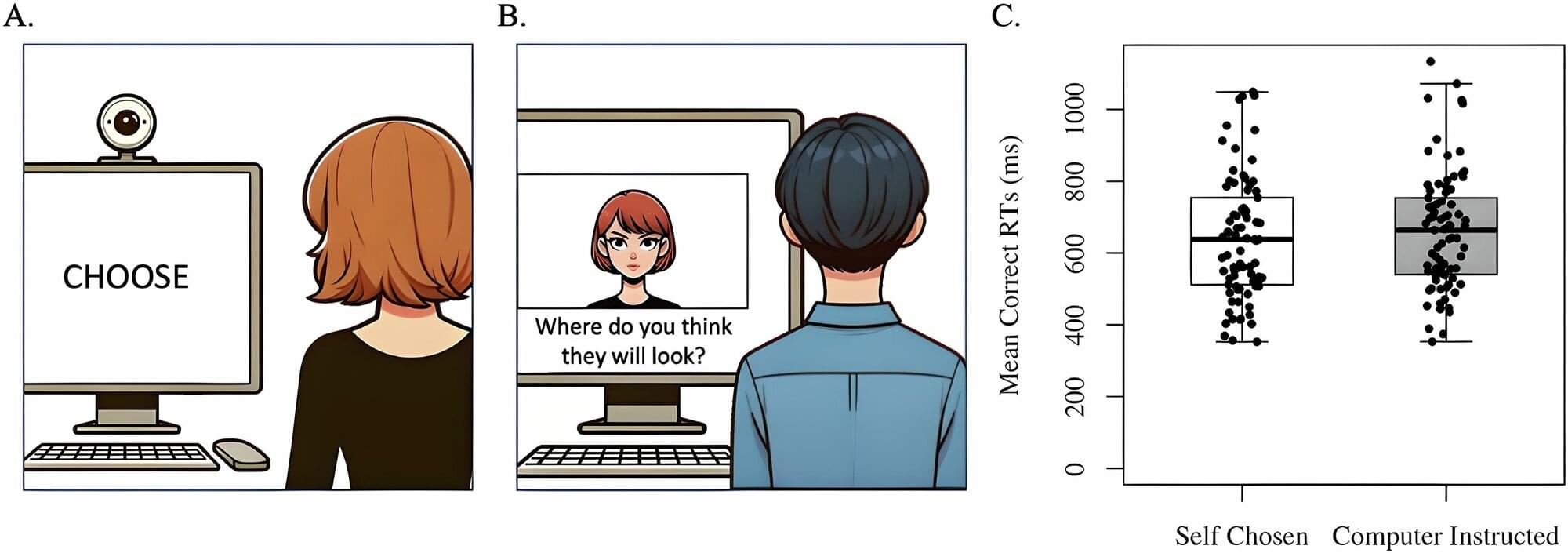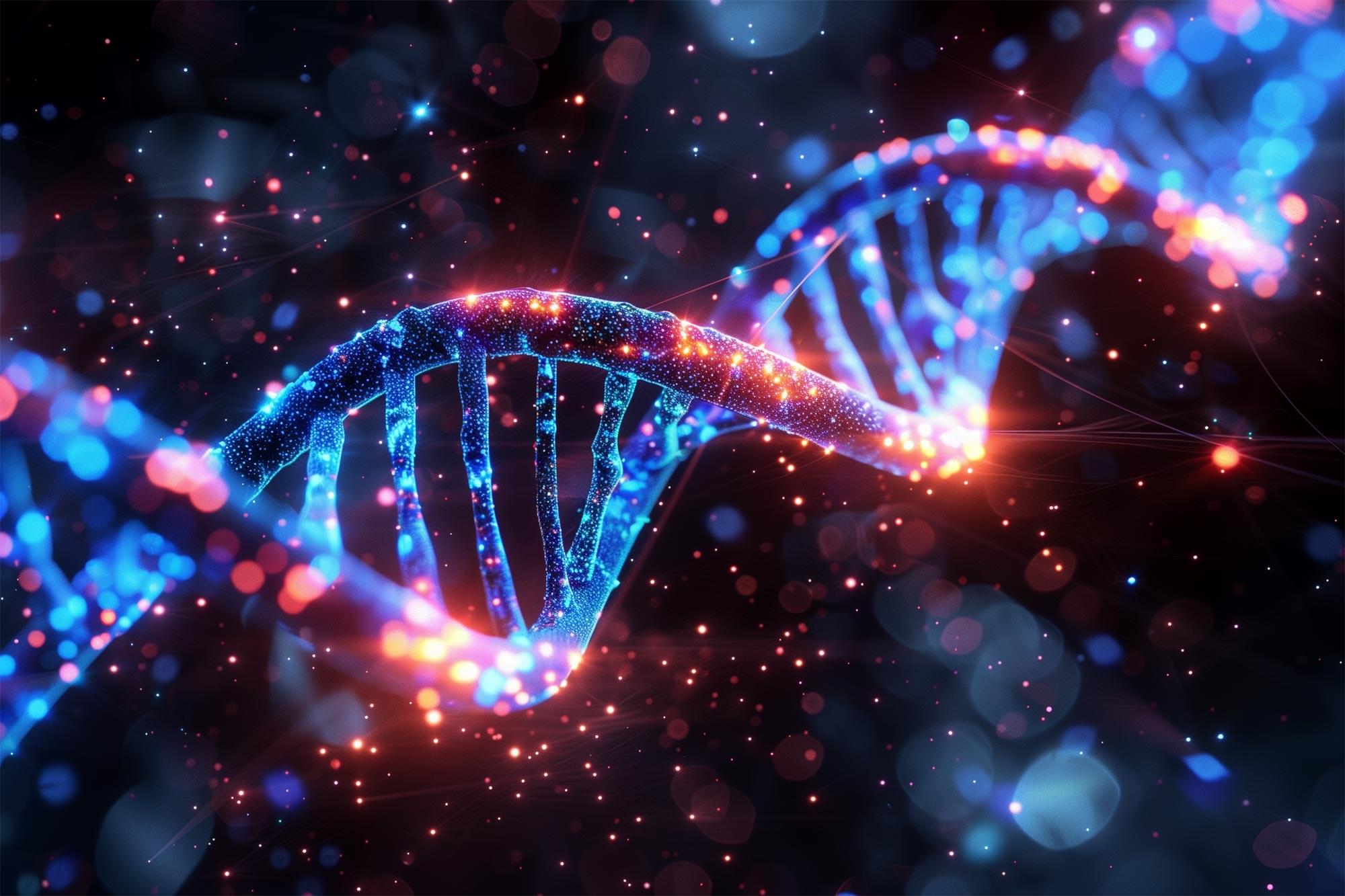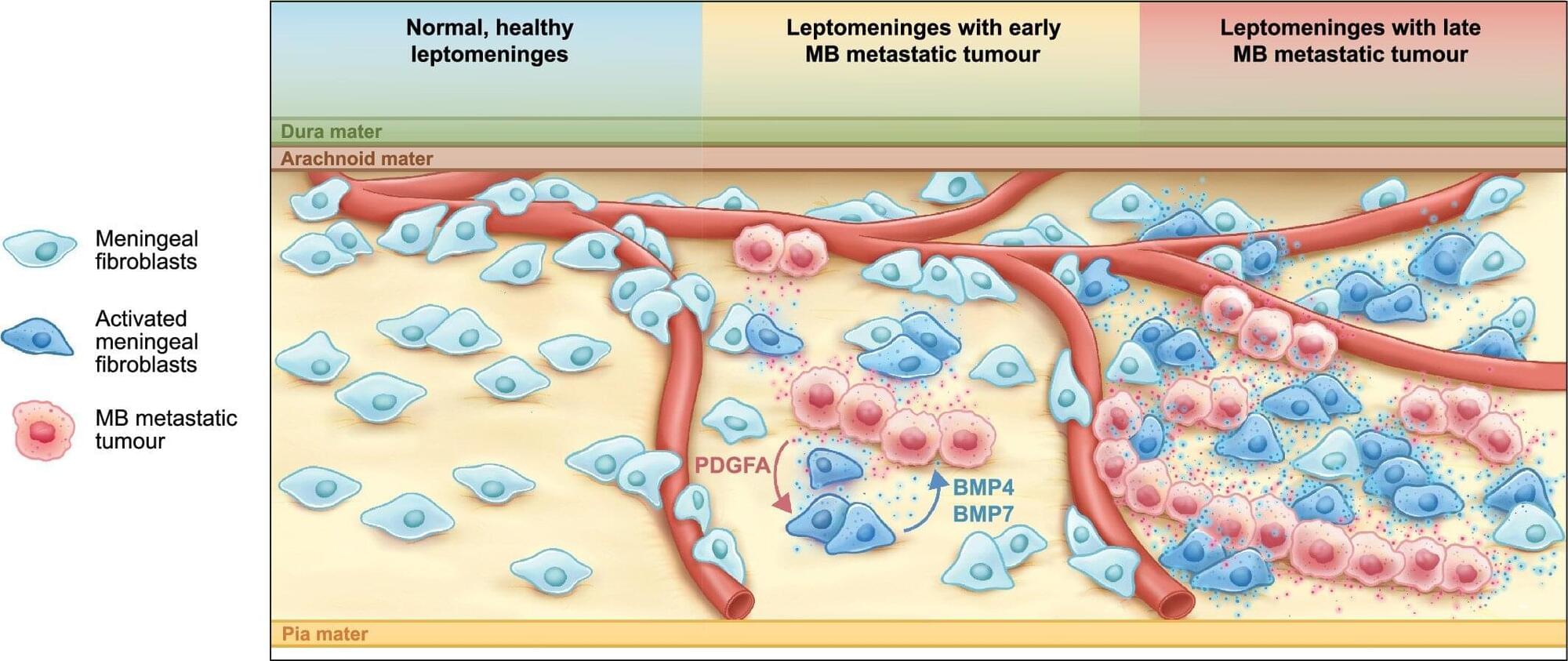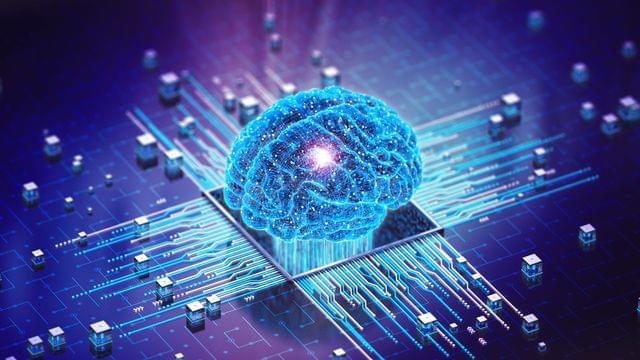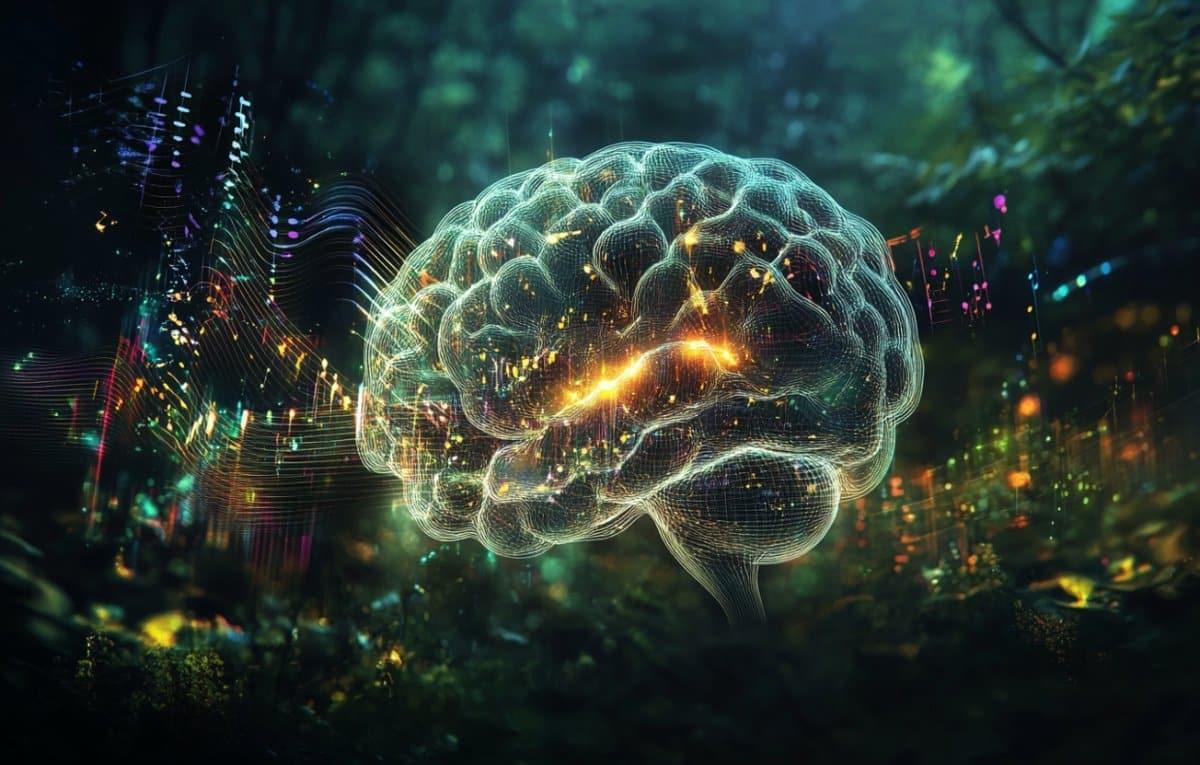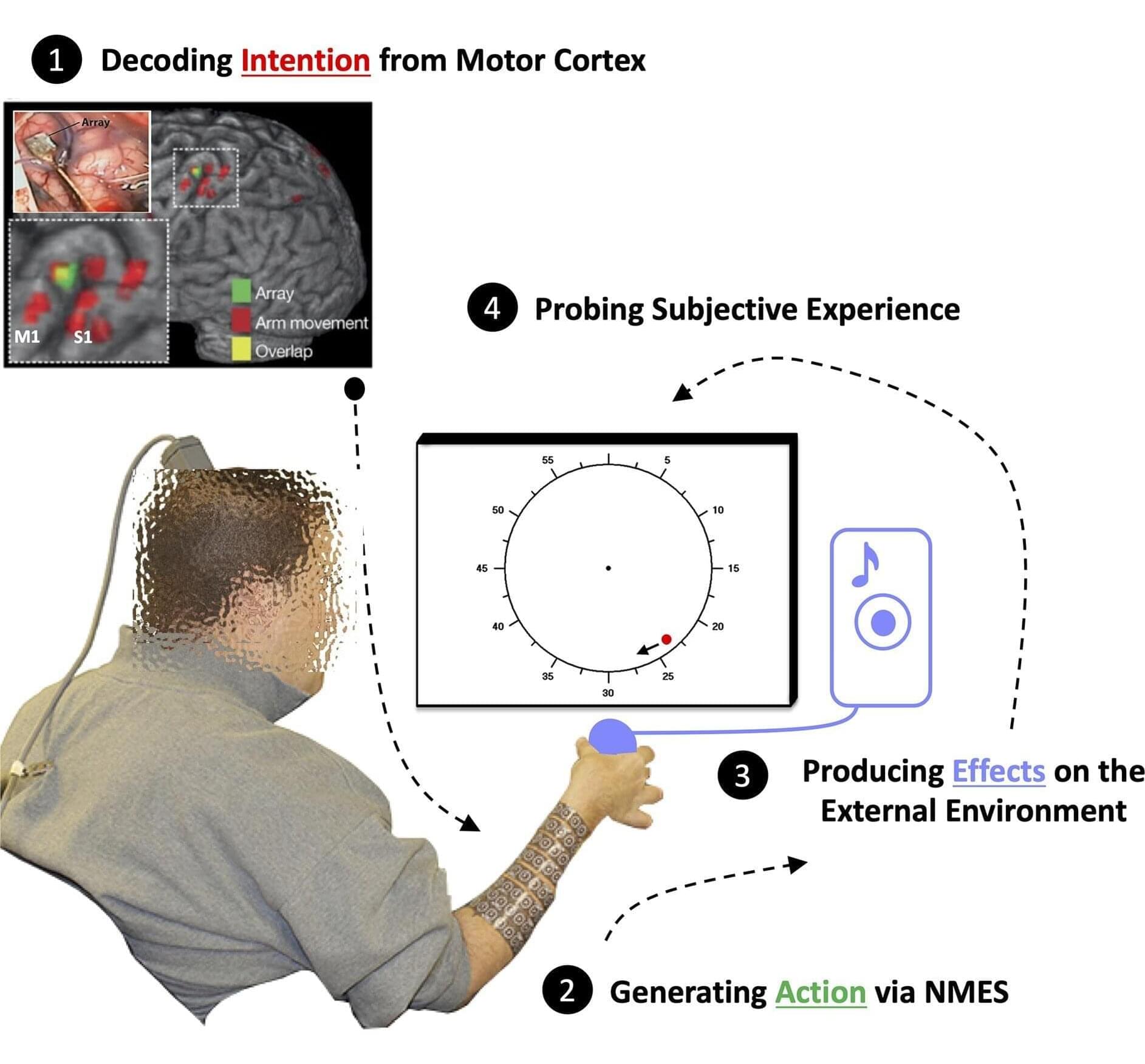McGill researchers have demonstrated something long assumed: that glances can transmit information about one’s mental state to others without a single word being exchanged. They speculate that this primal ability may have played a role in assuring the survival of human society at times when making a sound could have attracted predators.
The research is published in the journal Communications Psychology.
“Humans have a long history of living in complex groups and social situations. It has been theorized that this has led our brains to develop a heightened ability to focus on social cues from faces, and especially from eyes,” said Jelena Ristic, a professor in McGill’s psychology department. She has been working in the field for over 20 years. “It’s a system that has evolved to support very quick exchanges of complex social information.”
